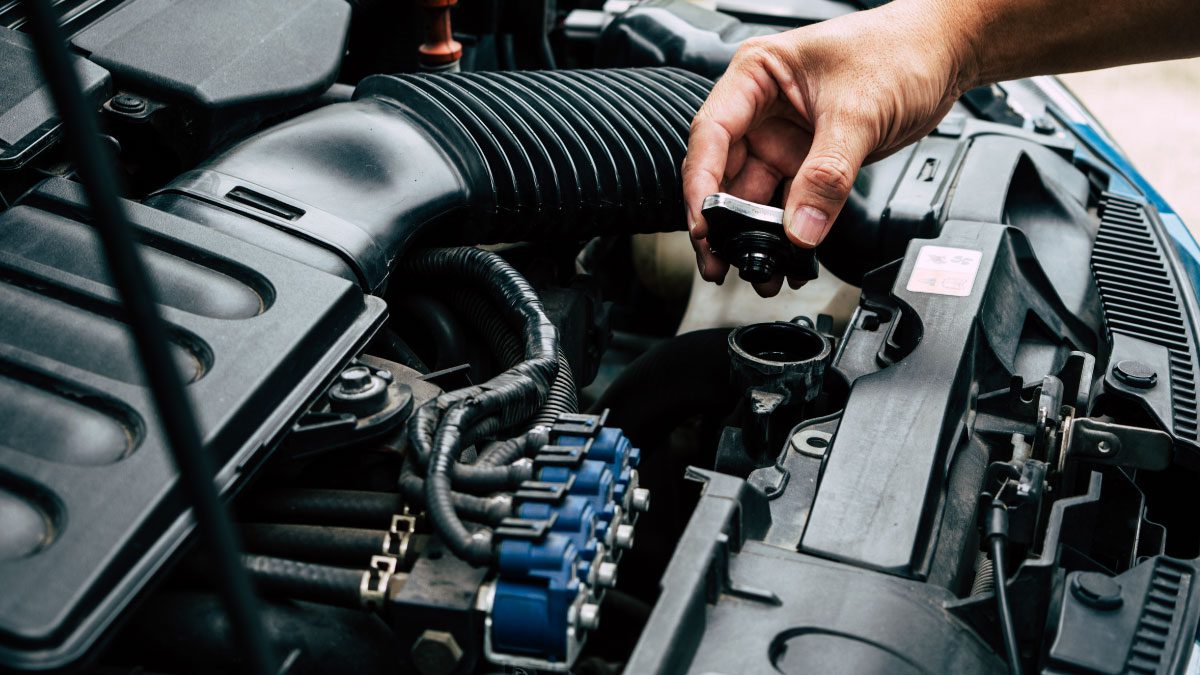Can You Drive Without Radiator Cap: Understanding The Risks
The radiator cap is a small part that is often overlooked, but it plays a vital role. It ensures that your car’s engine stays cool and operates at optimal temperatures.
But can you drive without a radiator cap? The answer is yes. However, while driving a short distance without a radiator cap may be possible, it is not worth the risk. If the radiator cap is missing or damaged, it can cause a host of issues, including overheating and engine damage.
In this article, we’ll examine the potential consequences of driving without a radiator cap. Also, provide tips on how to minimize the risk of engine damage if you ever find yourself in this situation.
What Is a Radiator Cap And What Is Its Importance?
A radiator cap is a small but vital component of a car’s cooling system. It is located on top of the radiator and helps to maintain the correct pressure in the cooling system.
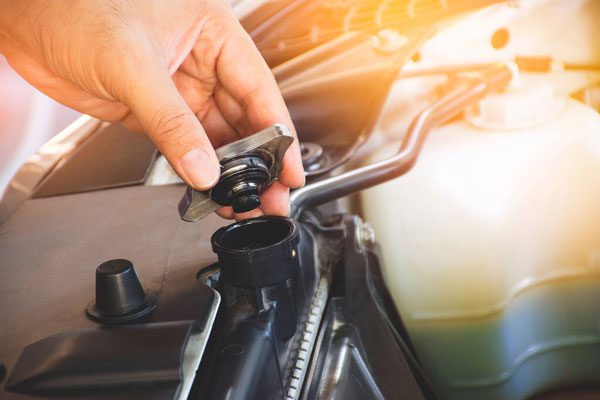
The radiator cap works by sealing the top of the radiator, which creates a closed system. This closure increases the pressure inside the radiator, which raises the boiling point of the coolant and prevents it from evaporating at normal temperatures.
Importance Of Radiator Cap
Here are some of the important functions of the radiator cap, which is why you should not drive without it.
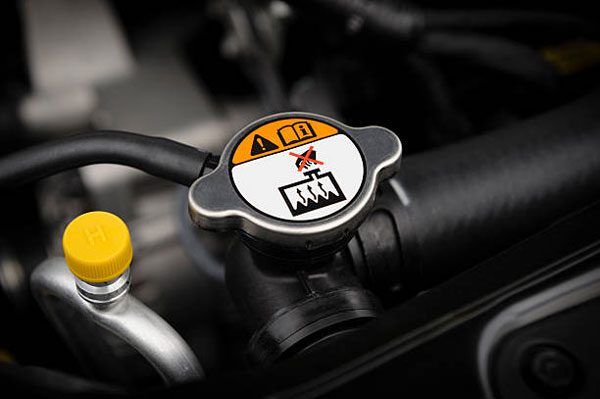
Pressure Regulation
The radiator cap helps to regulate the pressure inside the cooling system. As the engine gets extremely hot, your car’s coolant expands, increasing the system’s pressure.
And the radiator cap has a spring-loaded valve that opens when the pressure exceeds a certain level. Thus, it allows the excess coolant to escape into the overflow reservoir.
Prevents Overheating
The radiator cap maintains the correct pressure inside the cooling system when the boiling point of the coolant is raised. It prevents it from boiling and evaporating. This allows the coolant to absorb more heat from the engine, keeping it at a safe operating temperature.
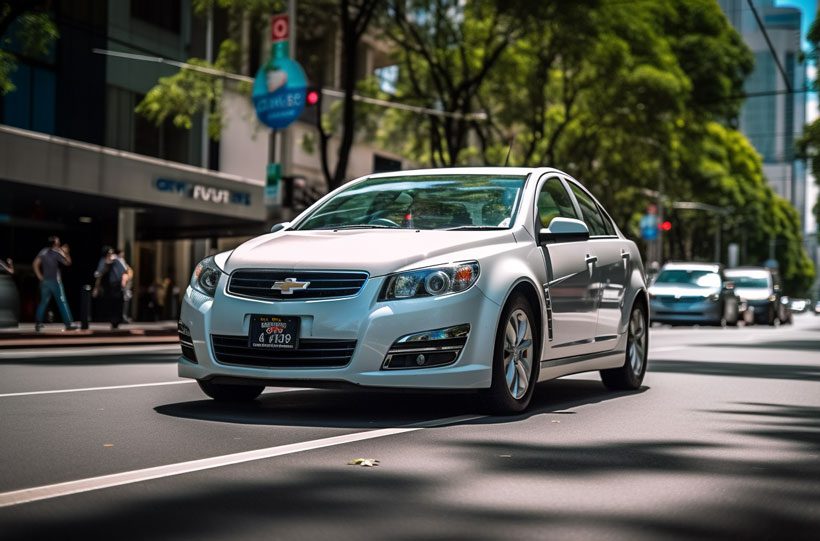
Protects The Engine
Likewise, if the pressure inside the cooling system is too low, the coolant may boil and evaporate, leading to a loss of cooling efficiency. This can cause the engine to overheat and the radiator cap helps to protect the engine from damage caused by overheating.
Maintains Coolant Level
The radiator cap also helps maintain the coolant level in the system. Once your engine becomes very hot, the coolant will likely expand, forcing the excess coolant out of the system and into the reservoir.
When your engine becomes cool, the coolant will contract. The vacuum created by the contracting coolant draws coolant back inside the system from the overflow reservoir.
Consequences Of Driving Without Radiator Cap
Driving without a radiator cap can negatively affect your vehicle’s engine and cooling system. These include
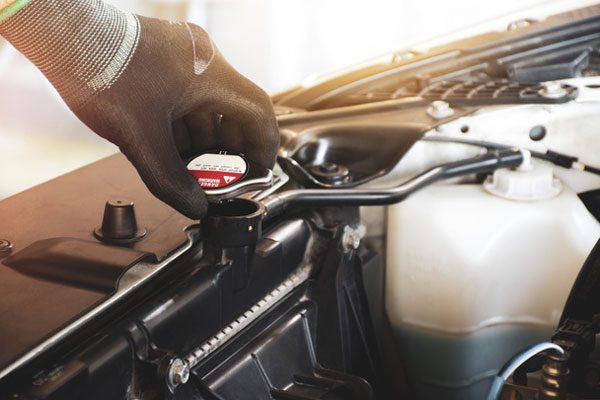
Loss of Coolant
The radiator cap is designed to maintain the pressure within the cooling system. If the cap is missing, damaged, or not tightened properly, coolant may leak out of the system.
Additionally, the coolant that does leak out can be hazardous to the environment, as it is toxic and can harm wildlife.
Reduced Fuel Efficiency
When the engine is overheated, it can cause the car to consume more fuel than usual. This is because the engine has to work harder to maintain its operating temperature, which requires more energy and fuel.
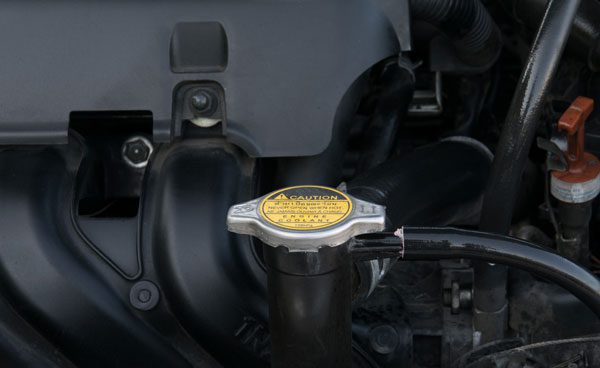
Air Entering The Cooling System
The radiator cap also helps to prevent air from entering the cooling system. If air gets into the system, it can create air pockets that interfere with the flow of coolant. This can lead to overheating and damage to the engine.
Clog The Cooling Passage
The radiator cap keeps dirt and debris out of the cooling system. Without the cap, dirt, and debris can enter the system and clog the cooling passages. This can reduce the efficiency of the cooling system.
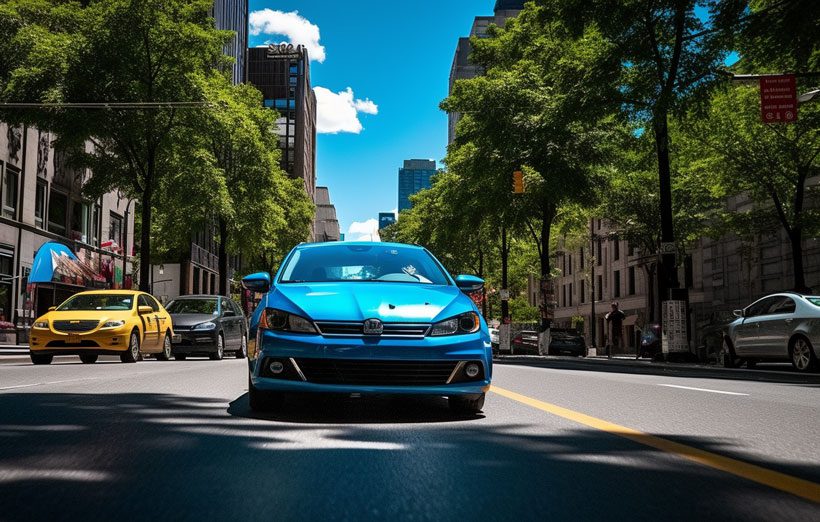
Corrosion
The radiator cap also helps to prevent corrosion within the cooling system. Without the cap, the coolant can become contaminated, which can accelerate corrosion and other damage to the cooling system.
Signs That Your Radiator Cap Is Missing Or Damaged
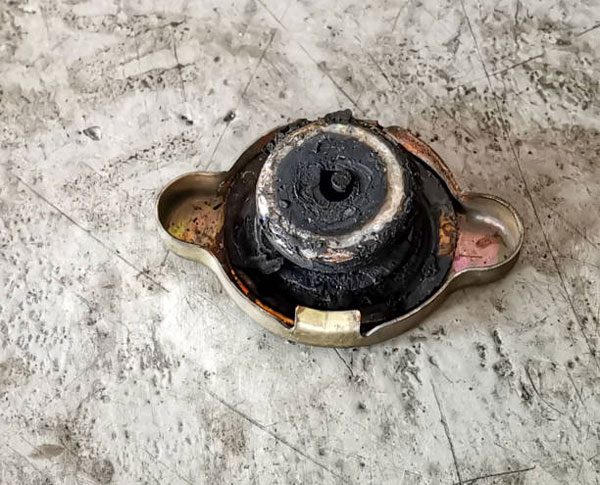
If you notice any of the following warning signs, your radiator cap may be missing or damaged:
- Coolant leaks: If you notice coolant spilling out of the radiator, it could be a sign that your radiator cap is missing or damaged.
- Overheating engine: If your engine is overheating, it’s a sign that something is wrong with your cooling system. If the radiator cap is missing or damaged, it can cause the cooling system to lose pressure and prevent the coolant from properly circulating through the engine.
- Low coolant levels: If you notice that your coolant levels are lower than normal, it could be a sign that your radiator cap is missing or damaged.
- Steam coming from the engine: If you see steam coming from your engine, it’s a clear sign that something is wrong with your cooling system.
Steam is a sign that the coolant is boiling over. However, this can happen if the pressure in the system isn’t properly maintained due to a missing or damaged radiator cap.
What To Do If You’re Driving Without A Radiator Cap?
Here are some steps you can take. This will help you to minimize any damage to your car’s engine and ensure your safety on the road.
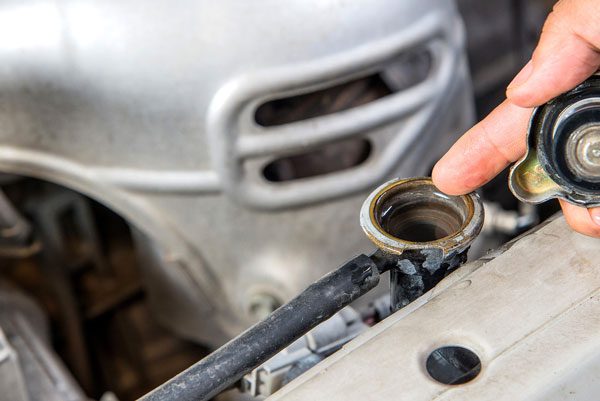
Step 1: Turn off The engine
As soon as you discover a safe parking space, pull over and turn off your engine to prevent any further damage.
Step 2: Let The Engine Cool Down
Allow the engine to cool down before attempting to open the bonnet because the coolant can be under extreme pressure. Hence, opening the bonnet on a hot engine can result in a steam explosion, causing severe burns.
Step 3: Check The Coolant Level
Once the engine has cooled down, check the coolant level in the radiator. If the coolant level is low, add coolant slowly and carefully until it reaches the recommended level. It is essential to use the correct type of coolant recommended by your car’s manufacturer.
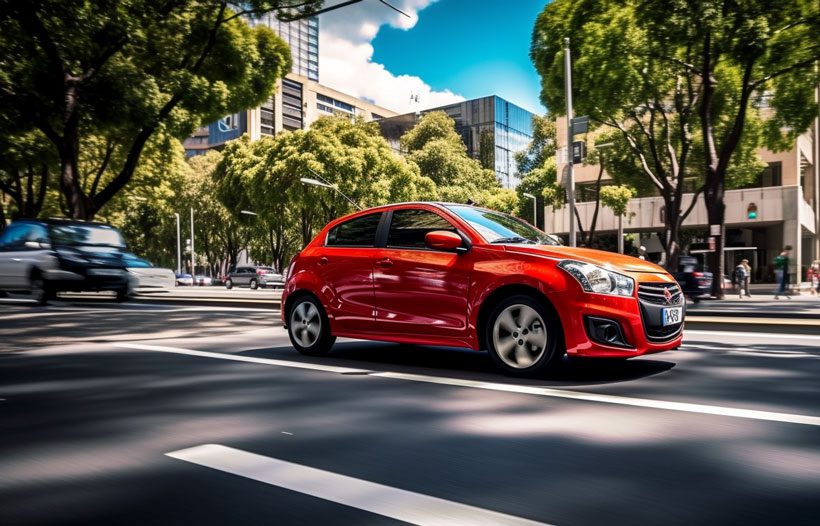
Step 4: Replace The Cap
If you have a spare radiator cap with you, you can replace the old one. Make sure to tighten it properly with the correct size, you can easily attach and secure the cap onto the radiator by screwing it on.
Step 5: Seek Professional Help
In addition to adding coolant, if you do not have a spare radiator cap or are unsure of what to do, it is best to seek professional help. Look for any cracks or leaks in the radiator and hoses.
And if you notice any damage, do not attempt to drive the car. Instead, call a tow truck and have your car towed to a professional mechanic.
If you’re interested in learning about driving a car without a radiator cap, MotorAdvices offers valuable insights and information on automotive topics. While it’s important to consider the impact of driving without a radiator cap on your vehicle’s cooling system, you may also find our article on driving a car with a broken shifter cable informative. This article discusses the potential issues and considerations associated with a malfunctioning shifter cable. Additionally, our article on driving a car with a bent frame explores the implications and safety concerns related to this structural component. By exploring these resources, you can expand your knowledge of automotive matters and make informed decisions regarding your vehicle’s maintenance and safety.FAQs
Let’s look at some frequently asked questions bout radiator caps.
It is recommended to check your radiator cap regularly, preferably every time you check your car’s oil level or perform routine maintenance.
About 10 miles. However, checking the coolant level before driving more than 10 miles is important. While there is no specific distance for driving without a radiator cap, it is recommended to avoid driving long distances without it.
The radiator costs about $10 – $30 for a replacement.
Final Words
Driving without a radiator cap can cause serious harm to your car’s engine and performance. It is important to check the radiator cap regularly and replace it if needed. Overheating signs such as steam or a warning light on your dashboard should not be ignored. The engine should be turned off immediately.
Accordingly, maintaining your car’s cooling system should be a crucial part of your car care routine. By taking proper care, you can ensure your vehicle runs safely and smoothly for many years.

